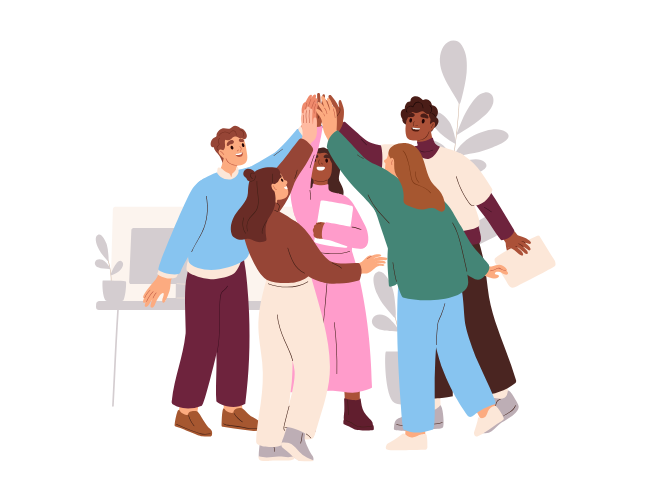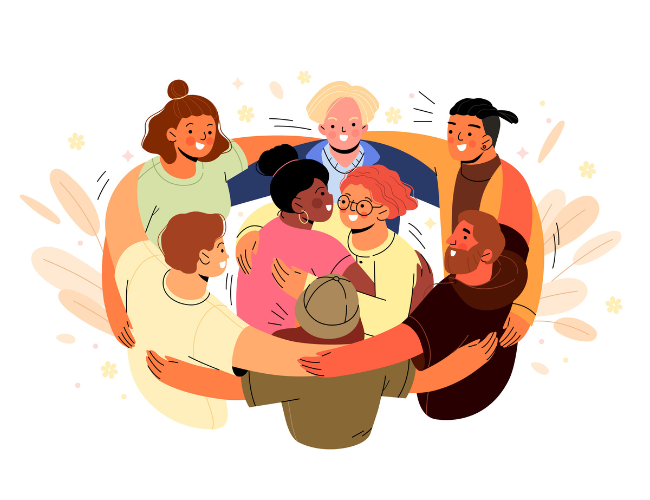One of the best ways to retain employees is to provide a good recognition program where employees feel appreciated for their work. Acknowledgment goes a long way in developing loyal employees and helping to keep them around. In fact, a recent study by Gallup and Workhuman found that when employee recognition hits the mark, employees are:
- Five times as likely to see a path to advancement within the organization
- Four times as likely to be fully involved at work
- Five times as likely to feel a sense of belonging in their workplace culture
- 44% more likely to feel they are “thriving” in life
- 73% less likely to “always” or “very often” feel burnt out
Gratitude is the new gold watch, and companies need to put more emphasis on this in their employee retention strategy. Financial incentives are great, but recognition in other areas that help employees feel valued can be even stronger motivators.
Why Employee Recognition Matters
According to research conducted by the Harvard Business Review, employee recognition is one of the most effective tools for retaining talent. The study showed that companies that recognize their employees are more likely to retain them, which can boost business revenue.
The study also found that when employees are recognized regularly, they are more likely to stay with the company. This is because employees are more likely to feel motivated to perform at their best when they feel appreciated and valued.
While there are many reasons why companies should consider implementing employee recognition programs, one of the most important reasons is that it helps attract new talent—especially millennials, who often have elevated expectations for themselves and their employers. When employees feel like their managers care about them as people rather than just numbers in a spreadsheet, they will be more likely to stay with a company for extended periods of time.
From Gold Watches To Gratitude
Over the years, employee recognition has gone through many changes. The first generation of employee recognition was based on gold watches, which were given out to employees for exceptional work and dedication. The second generation was based on thank-you cards, given out after a job well done. This evolved into the third generation: Gratitude.
Gratitude is a way to express appreciation for all that your employees do for you. It is an extremely simple concept: Valuing your employees’ contributions to the company by showing appreciation. There are many ways employers can show gratitude towards their employees, including:
- Make time for regular check-ins with employees.
- Ask employees for feedback.
- Give employees opportunities to improve their skillsets or roles within the company.
- Let employees know when they have done something particularly well (and why).
- Show employees how their work impacts others’ lives outside of work (or even inside of work!).
- Take an interest in employees’ lives outside of work.
- Keep employees informed about what is going on with the company.
- Have lunch with employees regularly.
- Offer employees financial bonuses after a successful project.
- Recognize employees’ hard work with occasional gifts such as flowers, candy, gift cards, or company swag (and not just on holidays!).
If your company is looking for more ways to promote employee retention using rewards and recognition, check out 24 more employee recognition ideas.
Takeaway
Gratitude may be a new tactic for employee retention, but its basis is as old as time. Praising and appreciating another human being is one of the highest forms of flattery, often resulting in the employee wanting to stay and contribute. It all begins with sincerely recognizing efforts in a way that makes people feel special, making gratitude an effective and powerful employee recognition method.
Register for next week’s Wellable Labs webinar with Ilana Shapiro Yahdav, MPA, and Kim English Hanlon, MA, Grief Advocates and Advanced Certified Grief Recovery Specialists, to learn how organizations can make space for grief and gratitude in the workplace to improve employee retention, productivity, and creativity.













